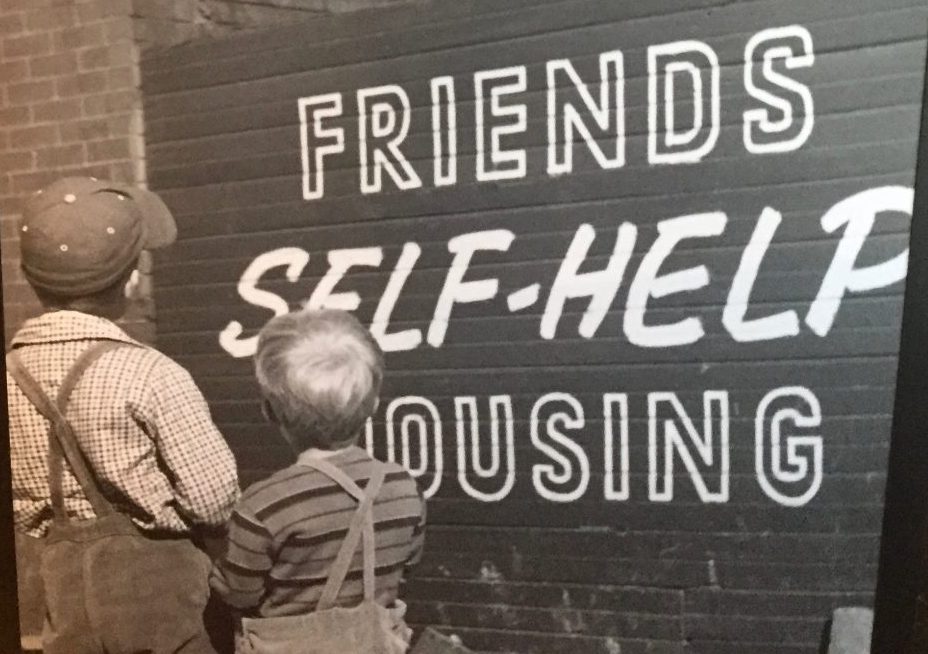
Faith's Joy
This is Faith. Faith has found joy, happiness, and contentment – except when she needs her toenails trimmed, dinner is late, or she gets woken up for a nap. Life for Faith wasn’t always easy. She spent a little time on the race track before they closed, and was among the last dogs to ever race in Florida. Her first adoptive home didn’t treat her well, and she bounced back to the rescue group underweight, with a cracked tooth, and uncontrolled multi-drug resistant worms. But those problems are gone (at least we hope, the worm treatment takes several months and we just got our first clean test last month – need three in a row). But Faith found a life she loves in our home. ...


